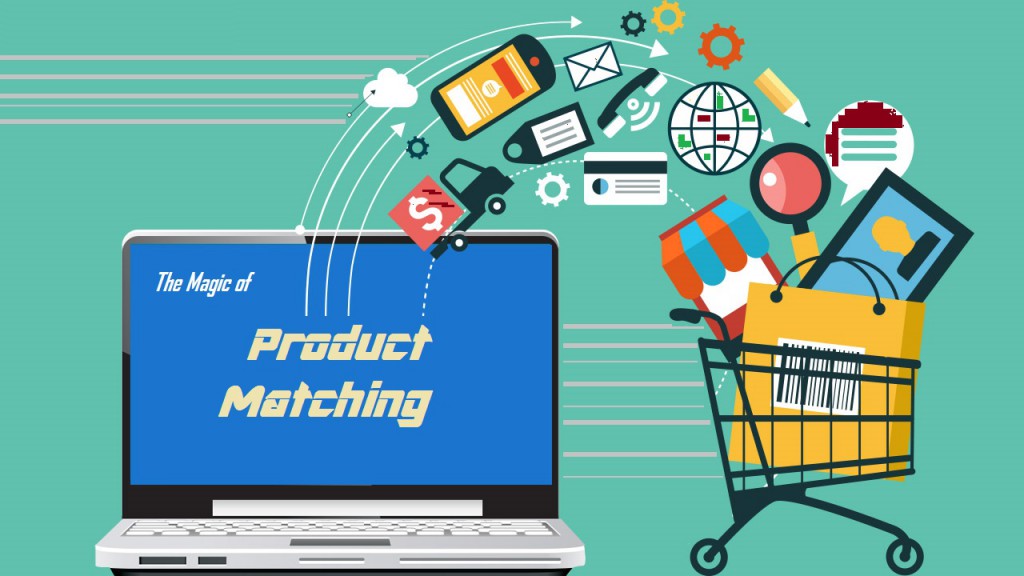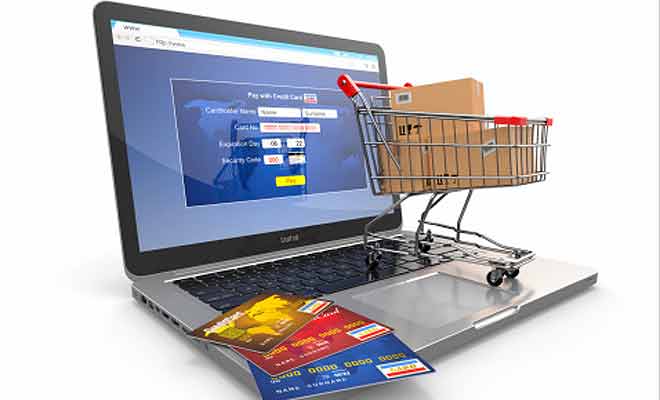
Around 1.32 billion people worldwide are expected to do their online shopping in 2016. They are projected to spend a whopping 1.92 trillion dollars. Overall the ecommerce landscape is going through some interesting technological evolution and as an outcome, the number of people using Internet as a medium of purchase is increasing steadily. Because of its immense convenience, users are increasingly preferring this channel to brick and mortar store. Multiple e-commerce behemoths like Amazon, Flipkart, and Snapdeal are bringing the entire world of retail products to your laptop, tablet, and smartphone.
The massive popularity of e-commerce has also seen the rise of price aggregator sites that do intelligent web crawling and extract e-commerce data from diverse sources and diverse formats, all with a singular aim – to provide all prices, details and images of a given product from different sites into a single window to the buyer. Some of the popular aggregator sites include PriceGrabber, Junglee, and ShopZilla.
How Ecommerce Product Matching Comes into the Picture?
With well catalogued information accompanying the product on the e-commerce portal, all details are presented online to help buyer make the purchase decision for a particular product. This is done irrespective of the hour or geography from which the information is sourced online. For the average customer, the entire retail world now fits into a 15” laptop or 5” smartphone.
Yes it true you can find your preferred product for purchase across different e-commerce sites and portals. However have you ever stopped to wonder about the magic that happens behind the screen to allow you to be presented with different options for the same product, same model, and same variant? Or how is it that all e-commerce stores present unique and accurate information about a product (and you won’t see the same variant repeated elsewhere on the site with different information on features or pricing). If you have wondered about it, then welcome to the world of ecommerce product matching.
What is it?
Just a few days back I was terrified of my increasing belly bulge and decided to order an exercise bike to work out the stubborn fat. Looking out online for an appropriate product led me to do fairly standard steps:
- I visited Flipkart and seeing what they have on offer.
- I filtered the different models and variants on display
- I narrowed own on one or two choices
- I then checked out the same model and variants on other sites such as Snapdeal and Amazon
- Once I have verified which is the lowest priced product and which carries a good amount of positive review, I went ahead with the purchase
While it looks pretty easy from a customer point of view, for an ecommerce owner or seller, multiple challenges can be evident immediately. How to maintain the same prices across different channels, how to show the right product for the right keyword search, how to provide the same deal or offer on multiple sites for a given product, to name a few.
With ecommerce product matching, most of the problems with sorting products across multiple channels can be solved to benefit the shopping experience of the customer. Given that numerous websites sell different products from different brands, the utility of ecommerce product matching has become very essential in today’s times. To take an instance, the products can be put up on three separate categories of websites –
- Price comparison and aggregator sites (Junglee, PriceDekho)
- Online shopping sites (Flipkart, Amazon)
- Search engines (Yahoo, Google)
Remember these are just website categories, not individual websites.
Ecommerce Product matching serves three key purposes
- Entity resolution to identify similar products across different data sources
- Entity resolution to identify duplicate products in the same data source
- Provide a method to the madness around price comparison
How it is done?
Take for instance the case of my exercise bike. I zero in on the Nivia Elliptical bike after looking it up on Flipkart, Snapdeal, Junglee, and Amazon. This is precisely what smart web crawling and data automation companies do on a very large scale basis across millions of products. A very high level of the operations carried out such data experts include –
- Extract ecommerce data
- Extract product feeds
- Analyze the data for de-duplication, accuracy, consistency and integrity
- Structure the data to enable comparison
- Catalog cleansing
Some of the universal identifiers that signal a particular type of product at a brand->product->model->variant level include –
- Universal Product Code (UPC) – This bar code based coding system is prevalent in Americas, Europe and Australia. The universal demand and supply chain mentoring agency GS1 has specified this particular code to the primary code to be used at retail PoS (point of sale)
- European Article Number (EAN) – This bar code system is a superset of the UPC and is again widely used in retail PoS
- Global Trade Item Number (GTIN) – See the different digits put up in the UPC or EAN? These are together termed as the Global Trade Item Number. This acts as an identifier whenever a product’s bar code is read by the scanner. So the GTIN is the identification number that is encoded into the UPC or EAN.
These identifiers helps in companies to crawl and organize intelligent data for better success of the e-commerce endeavor. However what has been generally observed is that not all the products carry these universal identifiers. While electronic items, devices, and appliances adhere to these strictly, the adherence is slightly lesser in consumer goods, furnishings, and kitchen items. Fashion and beauty items are the worst when it comes to adhering to these identifiers.
Because of these challenges it will be wise to develop and rely on more precautionary vetting measures to ensure the right, complete, de-duplicated and accurate sorting of products is done. Some other industry endorsed methods adopted include –
- Machine learning
- Keyword similarity analysis
- Image matching
- Color/size normalization
- Feature extraction
- Advanced features such as pre-processing of necessary attributes from textual characters and product descriptions
As and when the number of products keep increasing manifold, and the process to extract data from websites becomes faster and affordable, the rationale behind product matching keeps improving to serve end customers better. Some of the key information that can be tracked include the process to extract product feeds, product description, pricing detail, product images, or customer feedback, opinions, and reviews.
Benefits of Ecommerce Product Matching
- For an ecommerce provider, product matching gives golden information on how the product is priced on a competitor website. By performing intelligent web crawling, the sites can access competitor product catalogs and listed price and see if there is a scope for price reduction to lure the end purchasers.
- The blend of product matching and predictive intelligence can enhance an e-commerce store’s visibility by being on top of lowest prices in the market. This visibility translates to better traffic and better conversions.
- Product matching also helps to cleanse the catalogue offering. No longer do duplicate products or products with incorrect details (descriptions, images, reviews etc.) need to appear on stores.
- With help of a proper product matching algorithm, putting up newer SKUs and product variations is made smoother. As a result, optimizing inventories becomes easier and costly overheads of overstocking can be avoided.
All these benefits translates to a much better, well-structured, and potentially rewarding shopping catalog on e-commerce websites. As a result, your authority value shoots up, you improve fragile customer loyalty, and add substantially to your bottom lines.
- For a buyer, there remain no issues associated with duplicate products. Hence product browsing becomes hassle free and discovering new products becomes easy.
- Presenting a huge assortment of products no longer remains a barrier to better buying experience. Buyers can easily narrow down to the precise product they require (accurate down to the most basic of feature). So if Angela wants to buy an iPhone 6 32GB, she won’t have to sift through multiple irrelevant products (iPhone 4s, iPhone 5, iPhone 6 64GB etc.)
- Customers can have peace of mind that various attributes related to the product is accurate. This way a user review of iPhone 5 will not appear for the ‘Reviews’ section of iPhone 6
With these advantages, the buyer can not only compare online store with physical brick and mortar stores, but also compare two or more online stores – all with the objective of finding the lowest priced product online.
With its tremendous advantages, investing in product matching can turn out to be the single biggest success driver for your e-commerce store. You can enlist the help of reputed experts who can help you to get your product matching endeavors get underway with immediate effect.




















